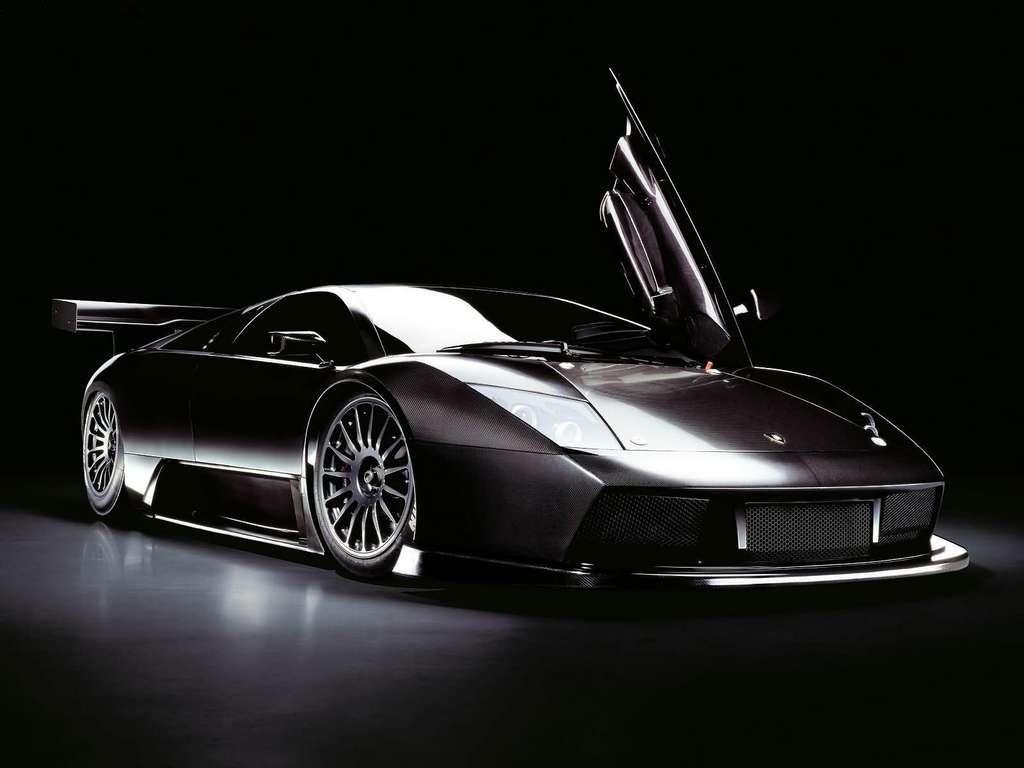 While we're patiently waiting for the unveiling of the all-new Cube at next week's 2008 Los Angeles Auto Show, Nissan decided to issue a press release on the boxy-shaped car's next-generation catalyst. According to the Japanese company, the new catalyst that was developed under the Renault-Nissan Alliance utilizes half the amount of precious metals (from 1.3g down to 0.65g) compared with conventional catalysts. The new technology also improves efficiency as the catalyst allows 75% less nitrogen oxides (NOx) and non-methane hydrocarbons (NMHC) to be emitted into the atmosphere. If you'd like to learn more details about the new catalyst, skip the jump for the official release.
While we're patiently waiting for the unveiling of the all-new Cube at next week's 2008 Los Angeles Auto Show, Nissan decided to issue a press release on the boxy-shaped car's next-generation catalyst. According to the Japanese company, the new catalyst that was developed under the Renault-Nissan Alliance utilizes half the amount of precious metals (from 1.3g down to 0.65g) compared with conventional catalysts. The new technology also improves efficiency as the catalyst allows 75% less nitrogen oxides (NOx) and non-methane hydrocarbons (NMHC) to be emitted into the atmosphere. If you'd like to learn more details about the new catalyst, skip the jump for the official release.Nissan Motor Co., Ltd announced it will introduce its ultra-low precious metal catalyst on the new Cube, to be launched on 19 November. The breakthrough catalyst, a world's first, utilises half the amount of precious metals compared with conventional catalysts.
Of the world's precious metals reserve, a high percentage of platinum (50%) and rhodium (80%) are used in the automotive industry as catalysts.
In conventional catalysts, the high temperatures within the catalyst cause the precious metals to cluster, reducing the exposed metal surface area, leading to less-effective cleaning of the emissions. To compensate, existing converters contain a higher amount of precious metals in order to maintain an efficient level of cleaning.
With Nissan's pioneering technology, the precious metals attached to the substrates*2 are separated by a "wall material" which prevents clustering of the precious metals, leading to improved cleaning efficiency. Masanori Nakamura, manager of the Nissan Research Centre explained the concept using the analogy of "eggs protected in a bird's nest", adding that "Nissan engineers approached the problem from a physical perspective rather than a chemical perspective in order to achieve the breakthrough."
The new under floor catalyst to be introduced in the next generation Cube uses half the amount of precious metals, from 1.3g down to 0.65g. Efficiency is improved with 75% less nitrogen oxides (NOx) and non-methane hydrocarbons (NMHC) emitted, lower than the Japan 2005 exhaust emission standards.
The ultra-low precious metal catalyst will be produced in Nissan's Yokohama Plant for the domestic vehicle market. This technology has been developed under the Renault-Nissan Alliance, and future applications will include Renault vehicles and diesel engines as well as potential for non-automotive application.










